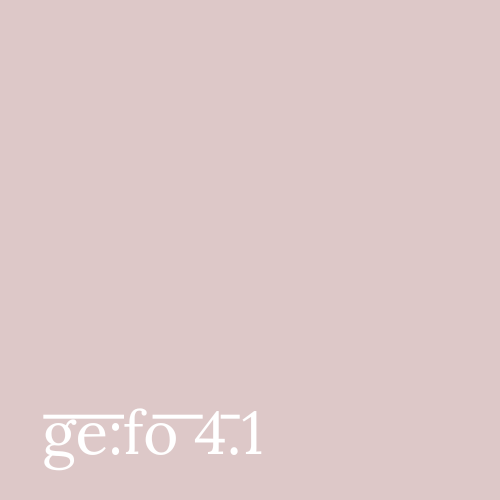Discourses of Genocide in Eighteenth- and Nineteenth-Century America and Australia
DOI:
https://doi.org/10.18716/ojs/gefo/2005.2871Keywords:
Enlightenment, Romantic, Indigenous AustralianAbstract
I suggest that Australian sources of the late Enlightenment and Romantic period, written between 1788 and 1850, do portray Indigenous Australian populations as nonreligious, indolent and idle, hideous and uncivilized cannibals. The men are portrayed as less repulsive than the women, who are constantly under the oppressive power of their men. On the other hand, promiscuity and loose morals on the side of women seemed to demand a firm hand of the men over the women. Aboriginals represented in these sources do not own the land because they do not till it, they disrespect property rights and live as nomadic hunter/gatherers without fixed houses and useful implements. Their number was thought to be rapidly decreasing, due to their cultural backwardness. Their lack of a proper language with a developed vocabulary made them less than human, almost on one level with primates. If one takes these discursive entities together, there evolves an image of a 'creature' that is utterly rejected and excluded from humanity.



